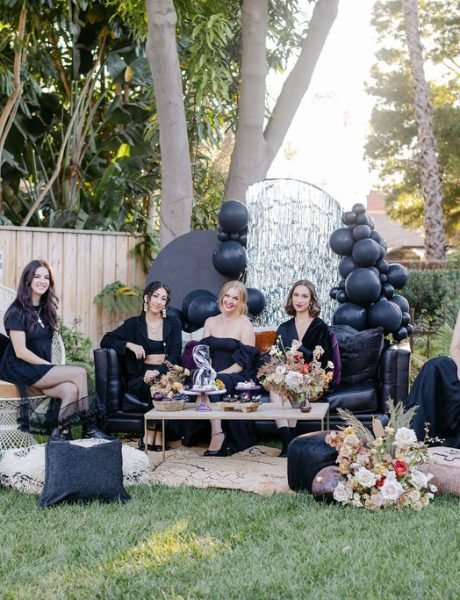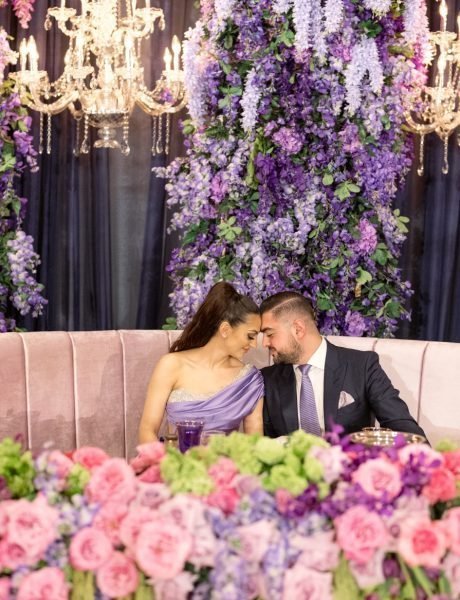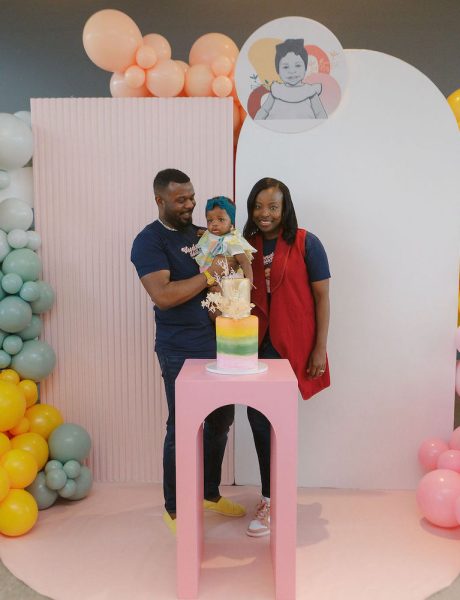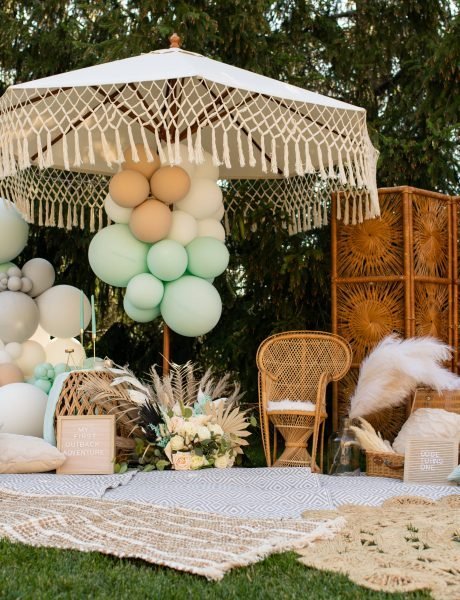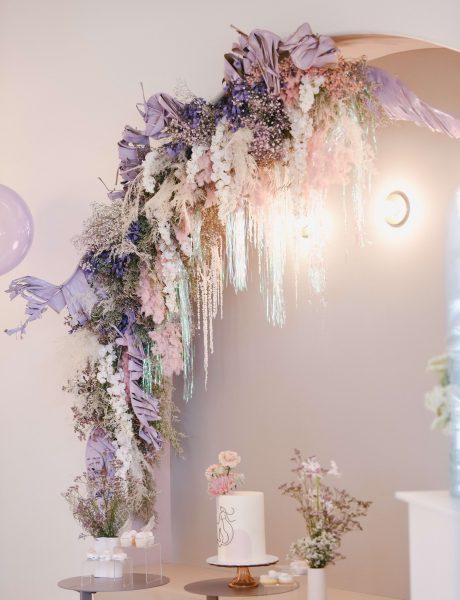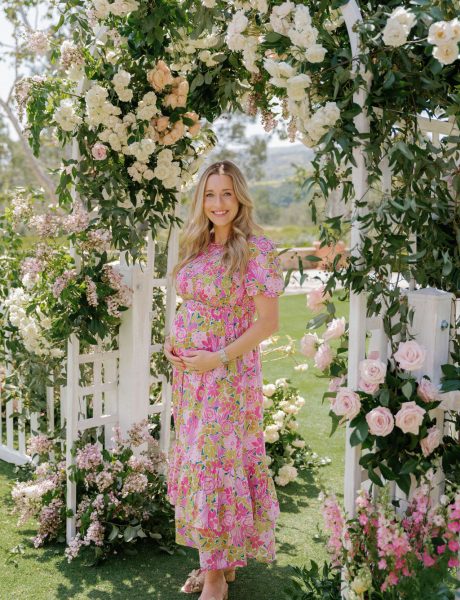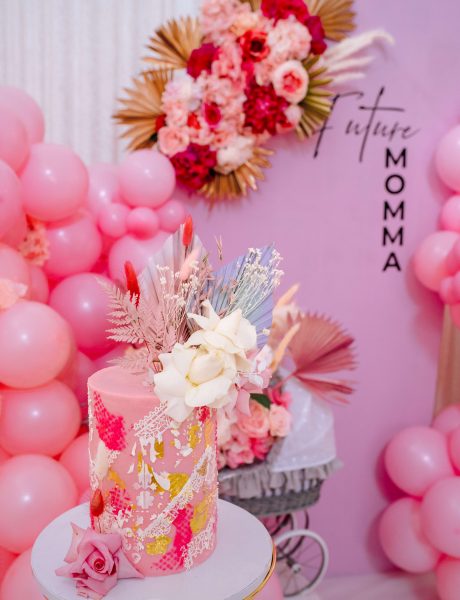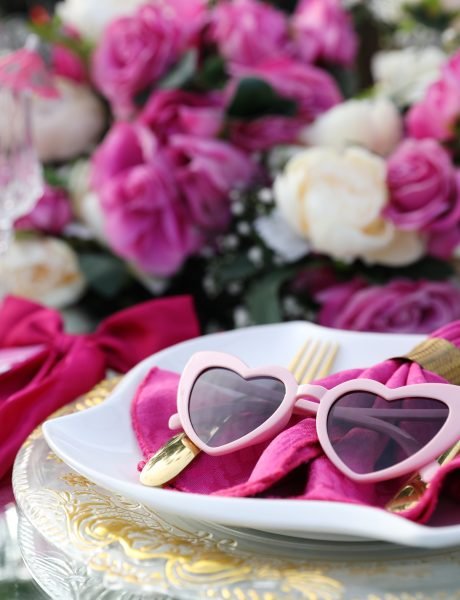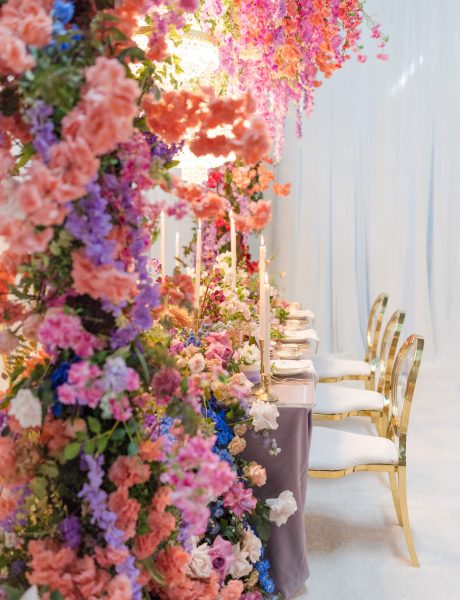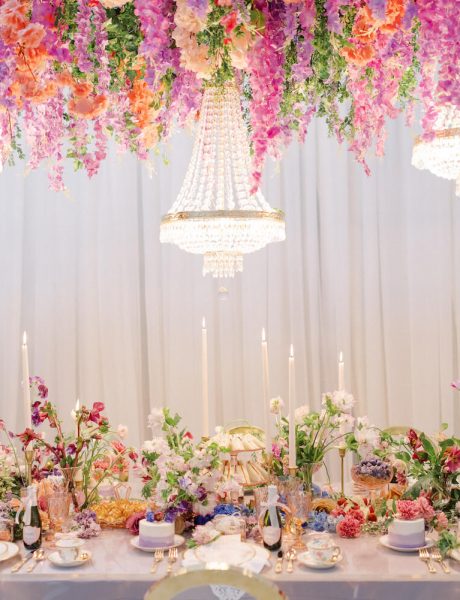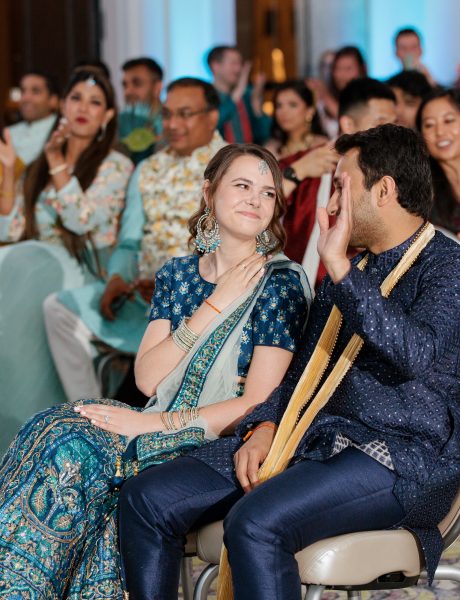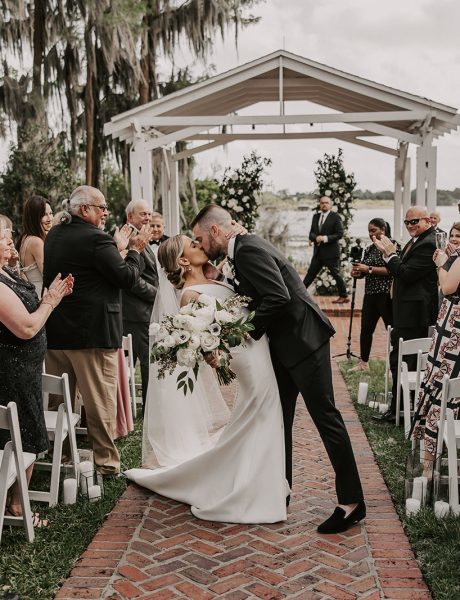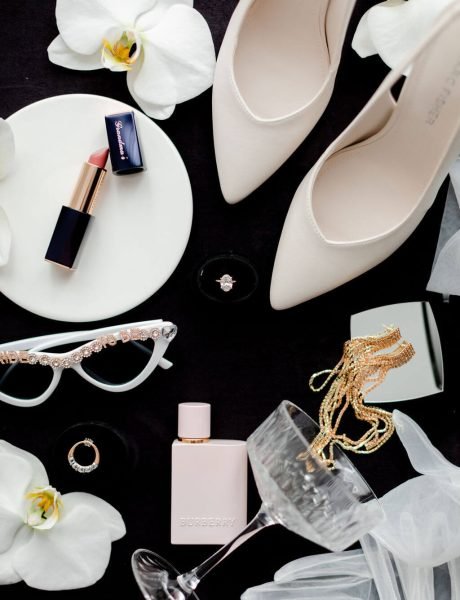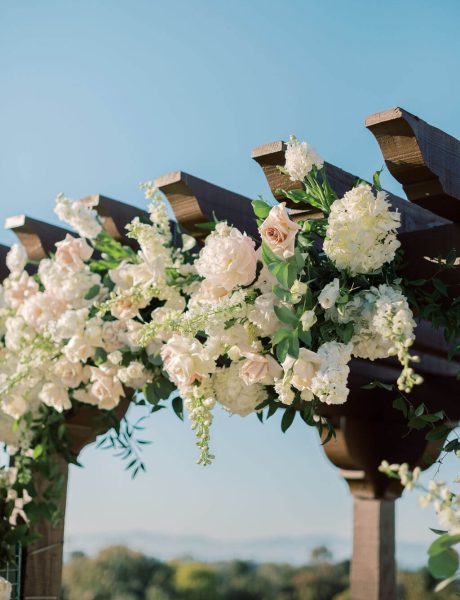Your wedding ceremony is a big deal. It’s in these special moments before all your closest friends and family that you say your vows, and exactly how you commemorate them is completely up to you!
Some couples are content with just the ring exchange, while many like to go a step further with additional small ceremonies to celebrate their union. We’ve got five ceremony traditions and their origins for you to consider when planning your big day!
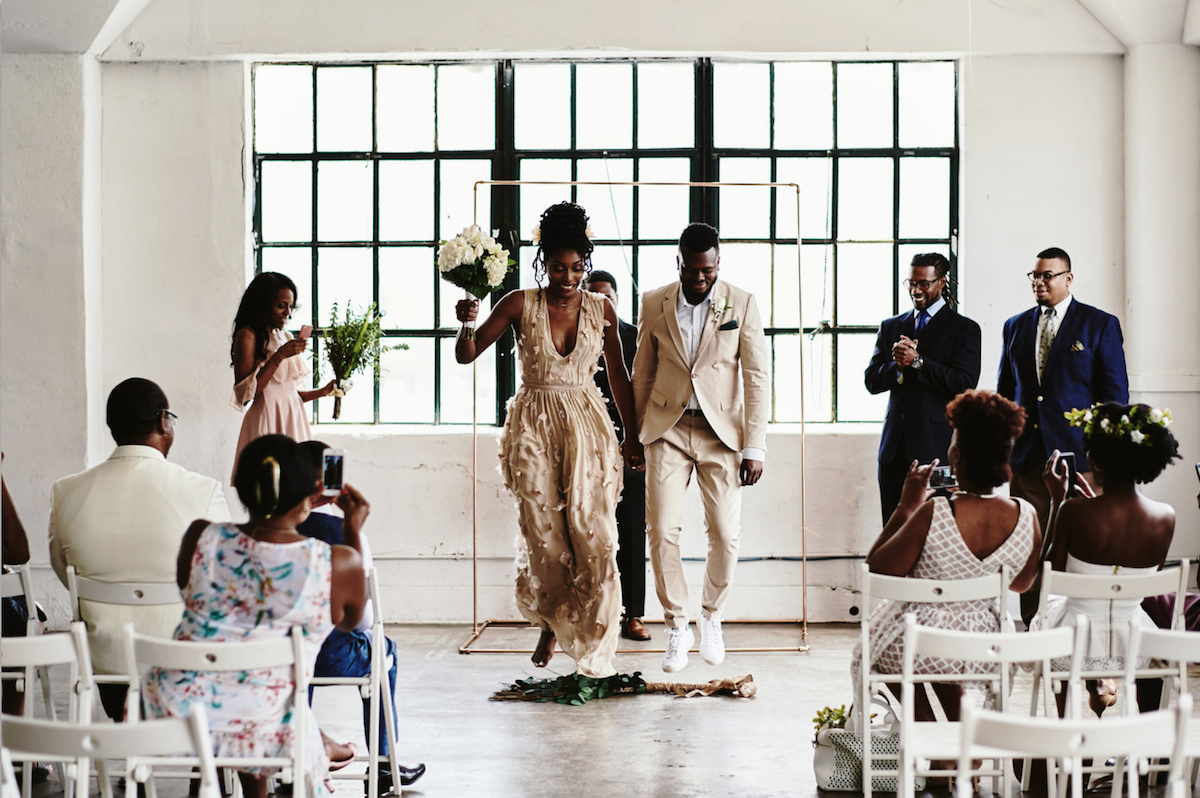
1. Jumping the Broom
Have you ever heard the phrase “jumping the broom” and wondered what it meant? This is an ancient wedding ceremony that traces its roots back to Africa. It is a variation of an African Tribal Marriage Ritual, in which a couple would jump over a configuration of sticks on the ground, meant to symbolize their home together.
This tradition became even more powerful during the time when slaves’ legal right to marry was not recognized in America. Instead, enslaved persons used this ritual as a legally binding wedding ceremony to both honor and witness the vows and connect participants with their homeland and ancestors. It carries this same powerful meaning today as the couple literally jumps over the broom into domesticity!
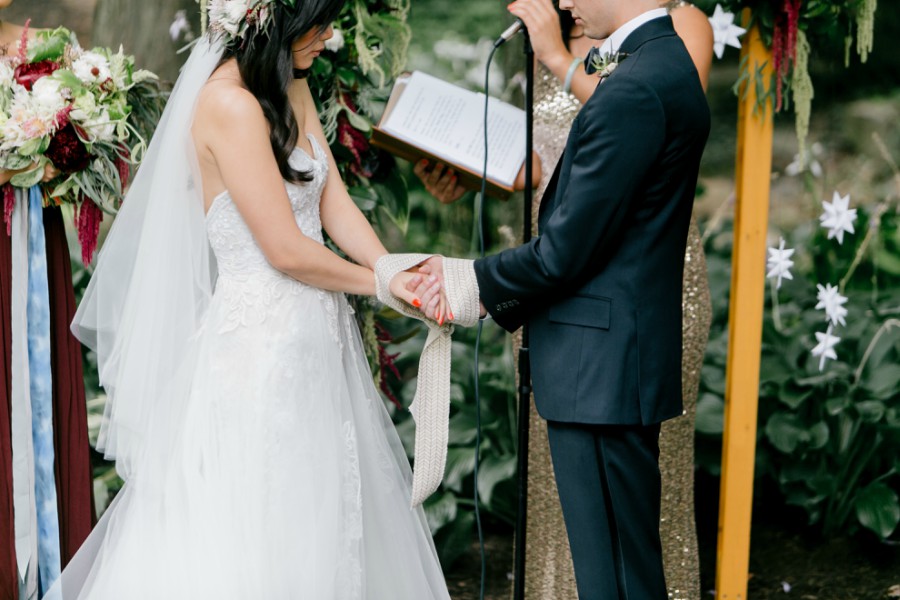
2. Handfasting
Similar to “jumping the broom”, another popular phrase for a wedding “tying the knot” draws its roots from this ancient Celtic tradition. The original ritual involved 13 ribbons (each with their own meaning) used to bind the bride and grooms hands together to symbolize the union of the bride and groom. The ceremony has evolved into the use of just one cord, rope or ribbon that is tied with a symbolic knot. Sound familiar? Prince William and Kate Middleton participated in a handfasting ceremony at the royal wedding!
The ceremony is universal to any couple, and can even reflect the wedding theme. Nautical weddings can utilize lines from a boat, and rustic weddings can use a lasso. Getting married in a vineyard? Use a grape vine! After the ceremony is complete, the officiant or other helper will assist you in slipping the binding off your hands without untying the knot, and returned to you as a special keepsake.
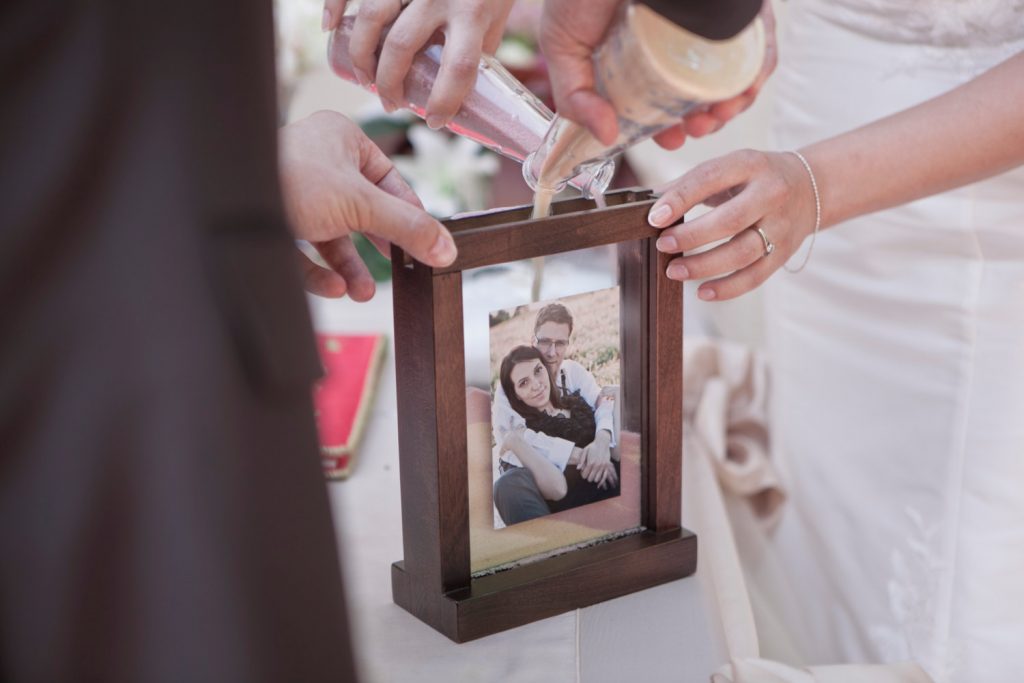
3. Unity Sand Ceremony
The Unity Sand Ceremony is especially customizable to the bride and groom, and can be a very touching way to include children from a previous relationship or marriage in unifying the new family. It is a variation on the older Unity Candle Ceremony, which has its roots in Catholicism.
The Sand Ceremony is particularly common in beach and destination weddings, and consists of two or more different colors of sand set out in small glass containers. The bride, groom and any additional participants will pour their sand into a large container that can be kept for as a keepsake. Whether a vase, picture frame or other styled container, this keepsake acts as a physical reminder of the blending of a couples lives and their families.
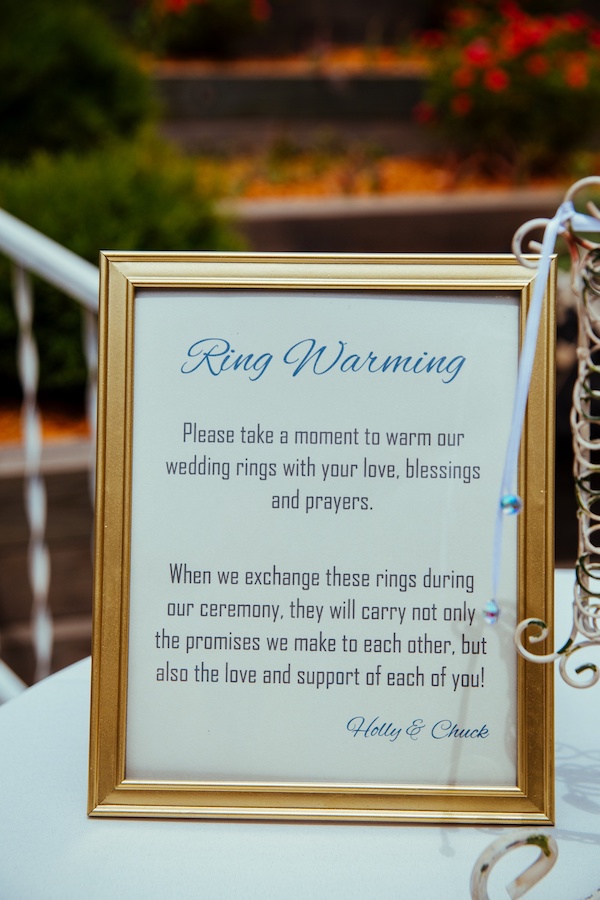
4. Ring Warming Ceremony
This ceremony is a great way to include your guests in a touching tradition! Ring warming has its roots in Ireland, and involves a personal blessing from each guest on the bride and grooms’ rings and their future marriage. Before the ceremony, a helper elects to keep track of the rings and asks each guest to hold it in their hands, warm the rings and bless the couple or make a wish for them.
For the sake of time, you can create a display in which the guests walk up to the rings as pictured above, or you can have them passed from row to row before the ceremony officially starts.

5. Cleansing Rituals
Depending on the regional or religious influences involved in your wedding, cleansing rituals take on different variations with a common theme. The idea is to purify both the bride and the groom and wash away their previous lives, so that they enter into unity squeaky clean, new and whole. It draws its roots from Biblical scripture, but has been adapted across many countries and cultures.
In Christian, Catholic or non-denominational ceremonies, this takes on the form of washing the feet or hands in a bowl or basin. It may have a more exotic variation such as the Hawaiian version, which involves drinking coconut water from a shell!

